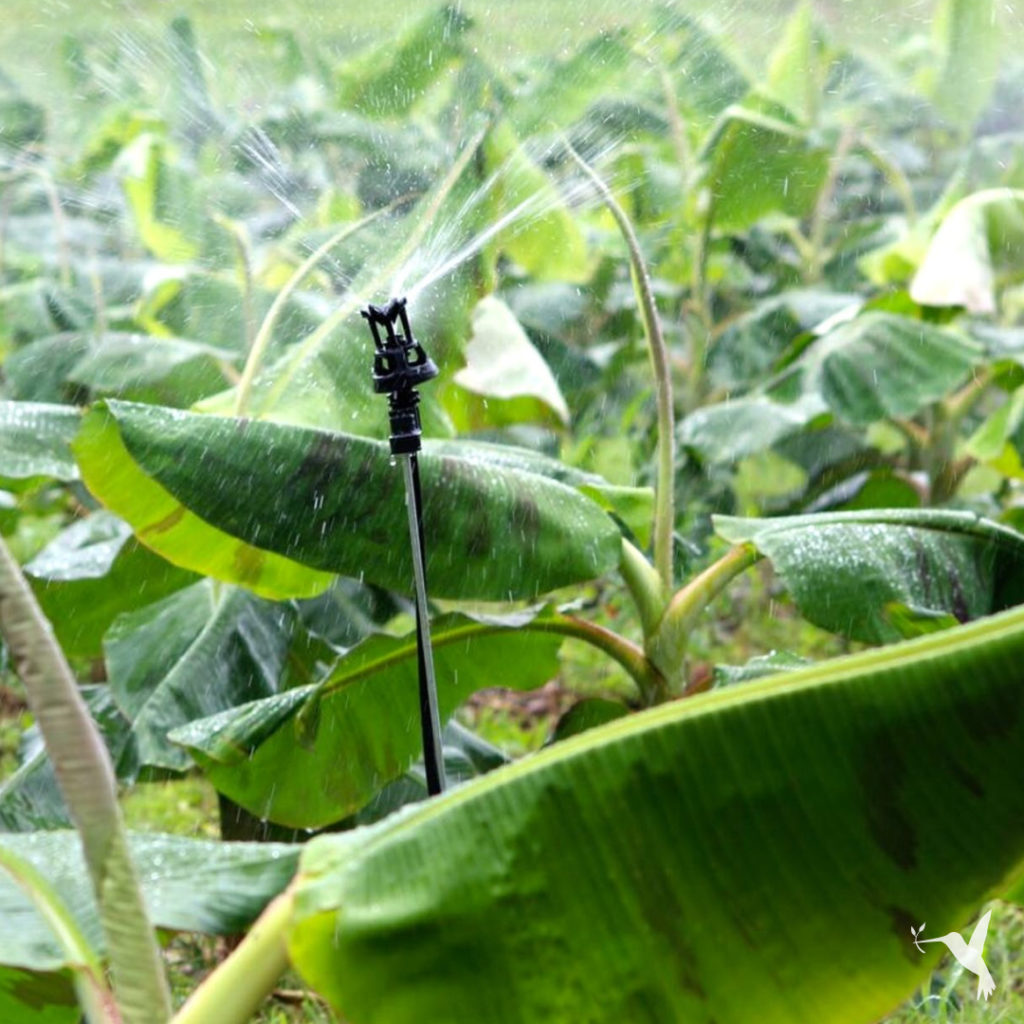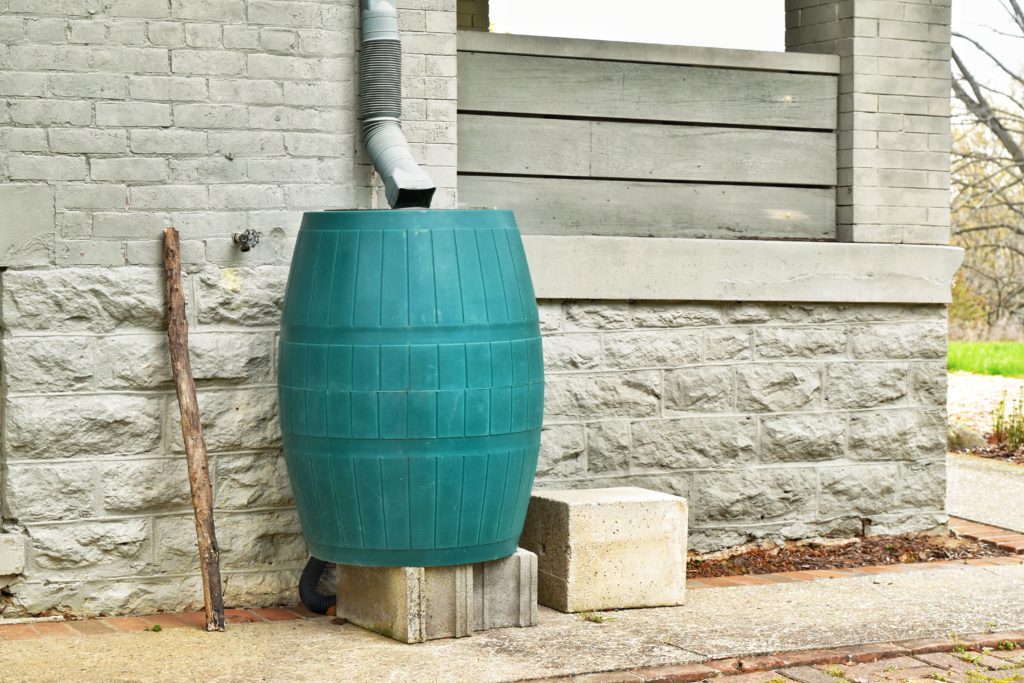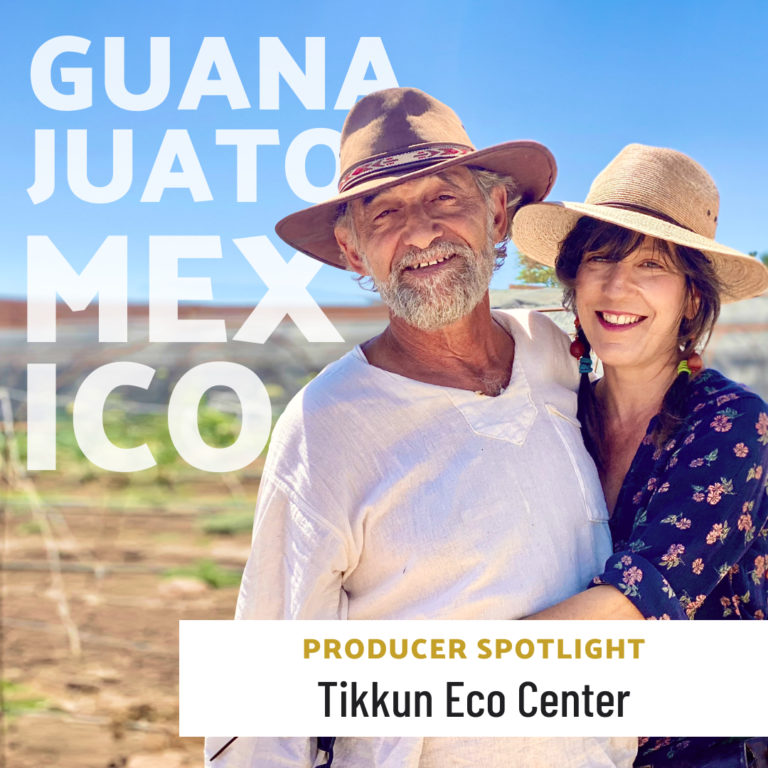The Importance of Water Harvesting
Rainwater Harvesting: A Beautiful and Renewable Approach to Water Conservation

Where Does Your Water Come From?
When you wake up in the morning, do you wonder if you will have access to fresh water? Or do you turn on the tap and let it flow? For many people around the world, just opening the tap is not an option. All the fresh water we have in the world already exists; it merely circulates around. Naturally, some places are more abundant than others. Sadly, we have not been entirely responsible for how we have managed our water on earth and if we continue to use it unwisely, it may not always be fresh or usable.
Water is a necessity our society depends on in more ways than one. If we continue using our current water treatment and level of usage, we will generate alarming amounts of water pollution and waste. We have the power to create fresh water, and all the water in the world we already have can be conserved and filtered. Rainwater harvesting is one promising solution. This sustainable method of water conservation involves collecting rainwater runoff from manmade or natural catchments to store for later use. These structures have a wide variety, scaling from large ecosystems to personal catchments. Rainwater harvesting is one of the most effective methods of water conservation and has numerous benefits for the people and the environment.

Berms and swales are the structures that many permaculture and regenerative farmers use to harvest rainwater. These kinds of structures direct the flow of water into storage containers. Natural or manmade, the system of berms and swales work in harmony to direct the flow of the rainwater into storage areas such as collection ponds, barrels, or large cisterns. Collection ponds not only conserve surface water but can also contribute to replenishing groundwater, as some of the water gradually percolates into the ground.
The Environmental Impacts of Rainwater Harvesting
Harvesting rainwater limits the erosion of creeks and the pollution of aquatic habitats or organisms. In many developed areas, stormwater runoff is no longer absorbed by vegetation and soil as it gradually seeps into nearby creeks. In areas with high precipitation and high population densities, rainwater harvesting prevents stormwater runoff from polluting nearby water systems and aquatic ecosystems.
Current water infrastructures impact on our environment in different ways. Transporting water may generate high costs while also increasing greenhouse gas pollution. To ensure water infrastructures are high quality, the manufacturing, installation, and a constant need for energy skyrockets financial costs and rapidly increases our carbon footprint. Water transportation increases the risk of lower quality water as well. Harvesting rainwater offers a more cost efficient and sustainable approach to water conservation. This includes local and in some cases, regional or statewide areas as well.
Rainwater Harvesting Is Renewable
Rainwater harvesting is a renewable water source. Across the planet, our main source of water comes from groundwater harvesting. Overharvesting groundwater depletes the waterways that feed them creating a high potential for water shortages. Harvesting rainwater alleviates the pressure of depending on groundwater supplies, and in some places is even used to refill groundwater reserves.
Rainwater harvesting is a practical and effective approach to aiding in conserving water. Many farms and facilities have successfully created water systems to capture and store rainwater. However, rainwater harvesting is not something that only works at a large scale. Personal equipment for rainwater harvesting can filter rainwater to be potable.
Get involved in this beautiful and renewable way of conserving water and contributing to sustainability. If you want to see it in action, check out Tikkun Eco Center, a lush and beautiful farm in one of the driest regions of Mexico.



1 comment
it is a lovely browser